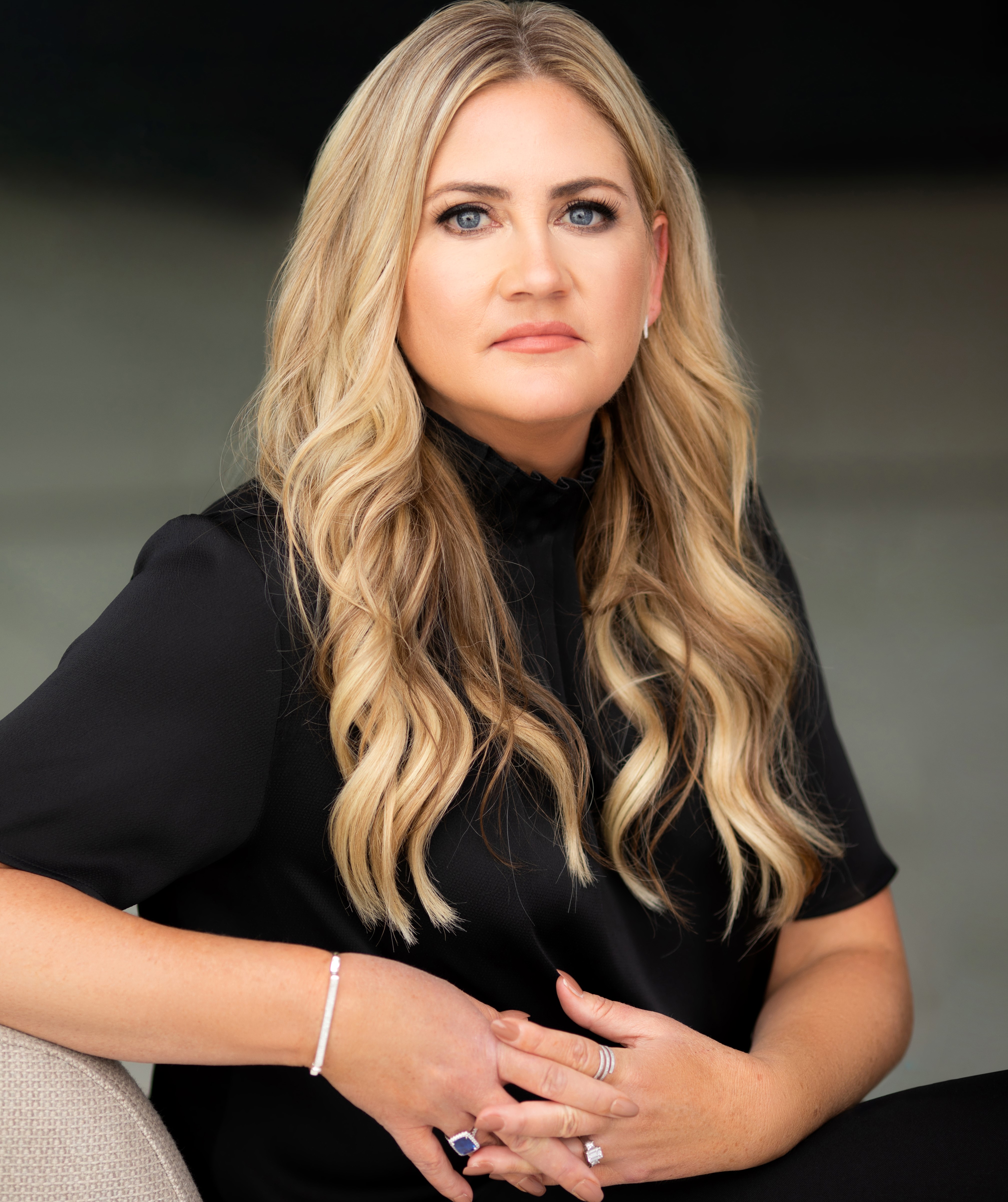Rachel Kay is the founder and president of RKPR, a public relations company driving strategic social media programs for a range of businesses including food and beverage companies. She will share some of her insights in an SFA webinar this Thursday, June 30 at 1 p.m. entitled, “Igniting an Integrated Paid and Earned Online Media Program to Support Your E-Commerce Business.”
SFA News Daily spoke to Kay in anticipation of her session, part of the Maker Prep webinar series.
Can you review the differences between paid and earned media?
The primary difference between paid and earned media is in cost and message control. With a paid media program, historically known as advertising, you have mostly full control of the messaging, design, frequency, etc., in exchange for a designated budget, which can be cost-effective or the size of a Superbowl ad depending on the outlet.
With earned media, a primary function of public relations, we suggest content and provide story ideas, but it’s up to the reporter or content creator to determine what, if anything, gets published. The goal is to secure an unbiased piece that is considered a stronger endorsement.
What is the backbone of a good online media program?
First, strong curated messaging is critical to capture the attention of the editorial decision-makers; second is utilizing the newest tools that amplify your media programs, such as publisher affiliate programs and creator platforms; third is having great stories!
In our case, things like innovation, distribution gains, and company achievements provide great fodder for editorial. An active outreach program is important to keep the stories flowing.
Are there brands succeeding in e-commerce today that specialty food makers can look to as an example?
One of my favorites is Truff, which launched online with an aggressive and unique social push. Initially started as @sauce on Instagram, they leaned into food content coupled with a strong, cultivated vibe. The videos they made were outrageous--they got my attention and the product has been in my pantry for years. Truff launched as online-only so its earned and paid online media strategy was key to making it the behemoth it is today and paving the way for brick-and-mortar sales.
Another example is Deux, a better-for-you cookie dough company that launched during the pandemic. It began as D2C but recently secured retail distribution in some of the nation’s largest retailers, including Whole Foods and Target.
What key skills do you hope attendees will walk away with a better understanding of?
What’s great about the new tools available to brands is that they are more accessible and affordable than the campaigns of yesterday. With the right content targeting the right audience, it’s possible to make a significant impact and drive online sales with the ability to measure impact and results. I also hope that attendees understand the power of fully integrated programs, and how media relations, social media, and influencer marketing can be highly effective tactics to support D2C sales for almost any brand.
Do you recommend any channels for specialty food brands looking to launch a successful campaign?
For paid media, we believe it’s important to focus on Instagram, Facebook, Pinterest (if applicable), and TikTok, but most importantly you should make sure you are advertising on the platforms where your target audience is present. For most food brands, a platform like Twitter doesn’t make sense because the target audience doesn’t spend time there looking for product recommendations, so it would be a waste of budget. If you are pursuing earned media, there are thousands of consumer outlets within lifestyle, culinary, travel, parenting, and other verticals, as well as trade publications that reach retail buyers.
Related: Fancy Food Show Education Preview: Q&A With MaryAnne Howland; Albertsons Relaunches Soleil With Digital Marketing Campaign

